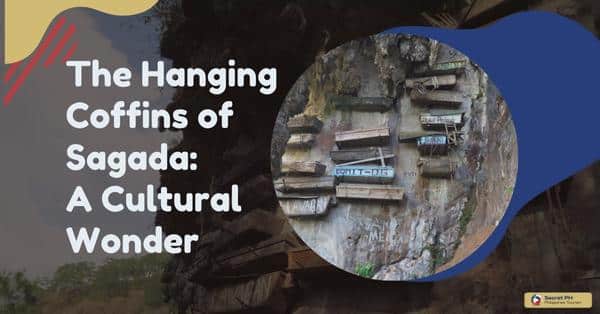Taal Volcano and Lake Taal are unique and captivating natural wonders located in the Philippines. The volcano, which is one of the smallest yet most active in the world, rises from the center of a scenic lake, surrounded by lush greenery and picturesque towns.
With a rich history of eruptions and a diverse ecosystem supporting various endemic species. Taal Volcano and Lake Taal offer a glimpse into the dynamic forces shaping our planet. A visit to this natural wonder offers a breathtaking and educational experience that highlights the beauty and power of the natural world.
From its ancient and mysterious origins to the diverse wildlife that inhabits it today. Taal Volcano and Lake Taal in the Philippines is a unique natural wonders of the world. Situated within an area of immense geological activity, the lake and volcano are both visually stunning and have a rich cultural significance to the country’s people.
In this blog post, we’ll explore the fascinating history and geology of Taal Volcano and Lake Taal. As well as their biodiversity, cultural importance, and conservation efforts. So come along with us for an educational journey into one of the most unusual natural wonders in the world!

Geology and Formation of Taal Volcano and Lake Taal
Taal Volcano is a complex volcano located on the island of Luzon in the Philippines. It is one of the most active volcanoes in the country, with 33 recorded eruptions. The volcano is located within Taal Lake, which was formed as a result of previous volcanic eruptions.
The Taal Volcano is a stratovolcano, meaning it is built from alternating layers of ash, lava, and volcanic rock. It has a caldera, which is a large crater formed from a collapse of the volcano’s cone following a major eruption. Over time, the caldera filled with water, creating Taal Lake.
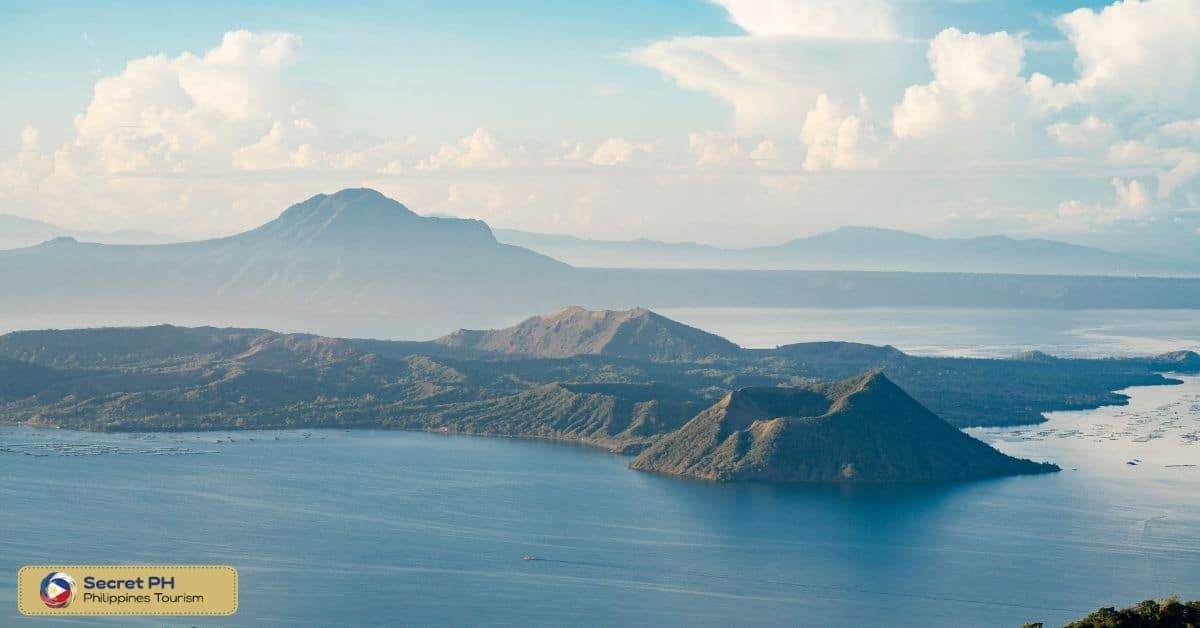
The formation of Taal Volcano and Lake Taal is attributed to the movement of tectonic plates in the region. The Philippines is located along the Pacific Ring of Fire, an area with high tectonic and volcanic activity. The Taal Volcano is a result of the convergence of the Philippine Sea Plate and the Eurasian Plate. The continued movement of these plates and the buildup of magma beneath the volcano contribute to its ongoing geological activity.
Historical Eruptions and Geological Activity
Taal Volcano has a long and eventful history of eruptions and geological activity. It has been one of the most active volcanoes in the Philippines, with 33 recorded eruptions dating back to 1572.
Some of its most significant eruptions include those in 1911, 1965, and 1977.
In 1911, Taal Volcano experienced a massive VEI-4 eruption that produced pyroclastic flows and ashfall over a wide area. The eruption resulted in widespread damage to infrastructure and agriculture, and it caused the temporary evacuation of nearby towns.
In 1965, Taal Volcano erupted again, this time producing a VEI-2 eruption that lasted for several months. The eruption resulted in ashfall and caused damage to crops and buildings, but it did not result in significant loss of life.
In 1977, Taal Volcano experienced another VEI-2 eruption that lasted for several months. This eruption produced a large ash column that rose several kilometers into the air, resulting in widespread ashfall. The eruption also resulted in the formation of a new island within Taal Lake, which became known as Vulcan Point.
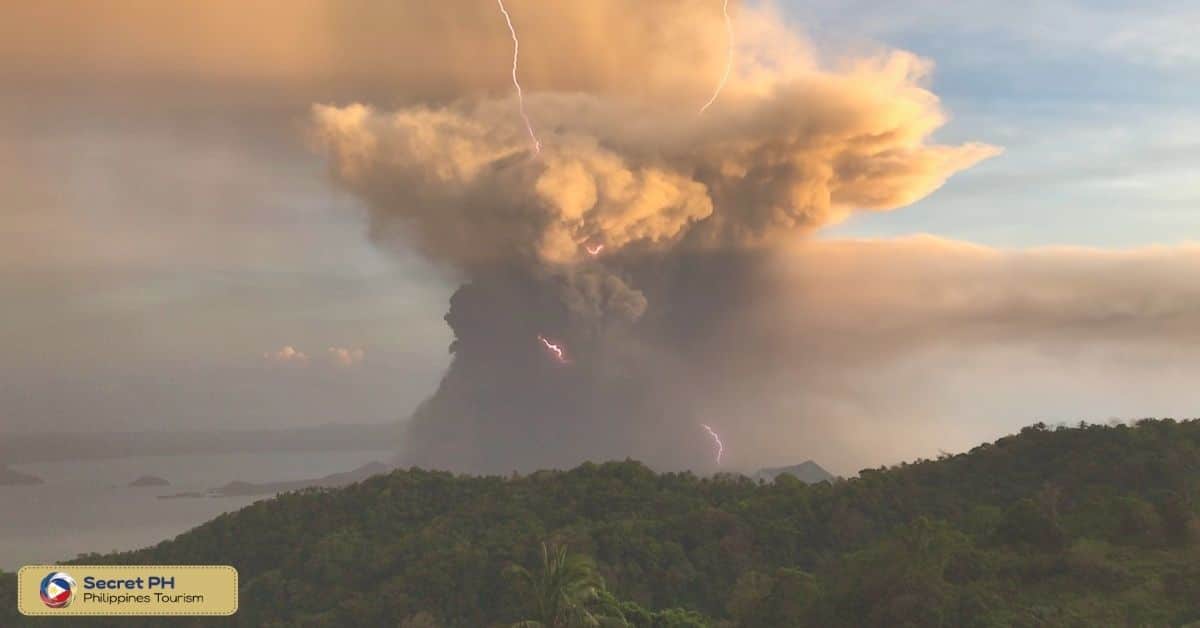
In recent times, Taal Volcano has experienced several episodes of unrest, with increased seismic activity and ground deformation indicating the buildup of magma beneath the volcano.
In January 2020, the volcano experienced a VEI-2 eruption, which resulted in ashfall, evacuations, and the temporary closure of the nearby international airport.
Taal Volcano’s ongoing geological activity highlights its potential for future eruptions and the importance of continued monitoring and preparedness efforts in the surrounding communities.
Biodiversity and Ecosystem around Taal Lake
The ecosystem around Taal Lake is rich in biodiversity and supports a diverse array of flora and fauna. The lake and its surrounding areas are home to several endemic species, including several species of fish and waterfowl.
The lake and its surrounding areas support a variety of habitats, including wetlands, grasslands, forests, and rocky outcrops. These habitats provide a home for a range of plant and animal species, including several species of birds, reptiles, mammals, and insects.
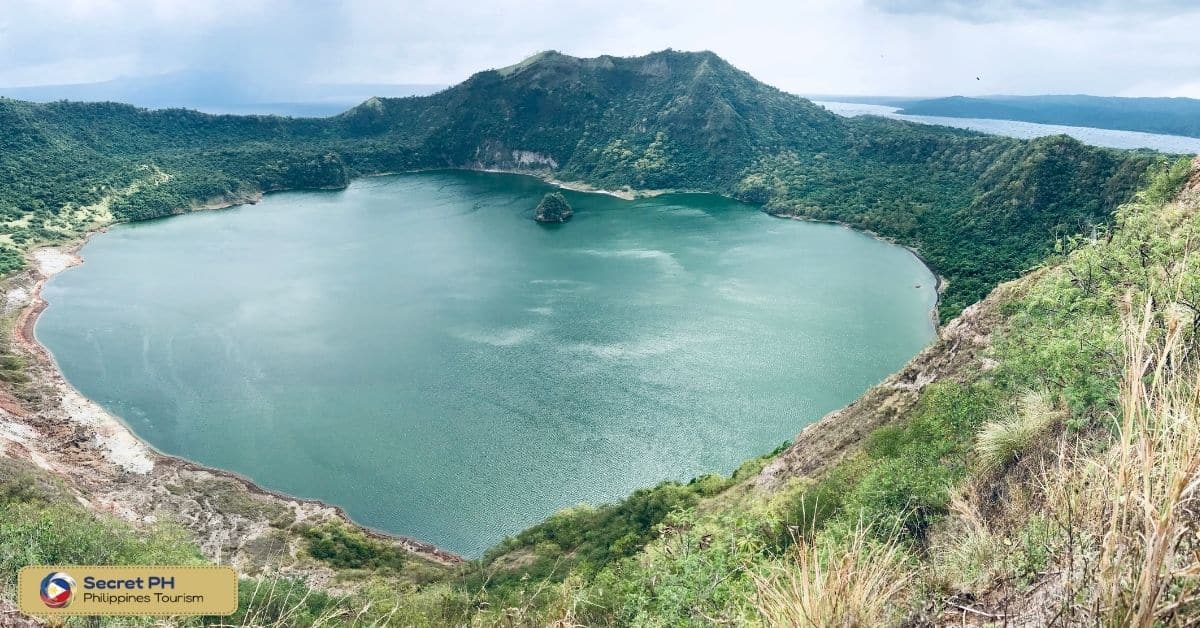
The lake and its surrounding areas also serve as important migratory stopovers. For several species of migratory birds, including several species of ducks, geese, and shorebirds. These birds rely on the lake and its surrounding habitats for food, shelter, and breeding sites.
In addition to its rich biodiversity the Taal Lake ecosystem. Also provides important ecosystem services, including water regulation, nutrient cycling, and carbon sequestration. The lake serves as a source of fresh water for the surrounding communities and supports a variety of fishing and aquaculture activities.
However, the Taal Lake ecosystem is facing several threats, including habitat destruction, pollution, and the introduction of non-native species. Conservation efforts are underway to protect and preserve the unique and valuable biodiversity and ecosystem around Taal Lake. Including efforts to restore degraded habitats, protect key species, and monitor and regulate human activities that may have negative impacts on the ecosystem.
Cultural Significance and Folklore surrounding Taal Volcano
Taal Volcano and Lake Taal have a rich cultural significance and are surrounded by folklore in the Philippines. The volcano and its surrounding areas are consider sacred by many indigenous communities and are associate with numerous myths and legends.
One of the most common folktales surrounding Taal Volcano is the story of a powerful and beautiful goddess named “Marchel,” who lived in the volcano and controlled the elements.
According to the legend, Marchel was responsible for the volcanic eruptions and earthquakes in the region and was revered by the local communities as a symbol of strength and power.
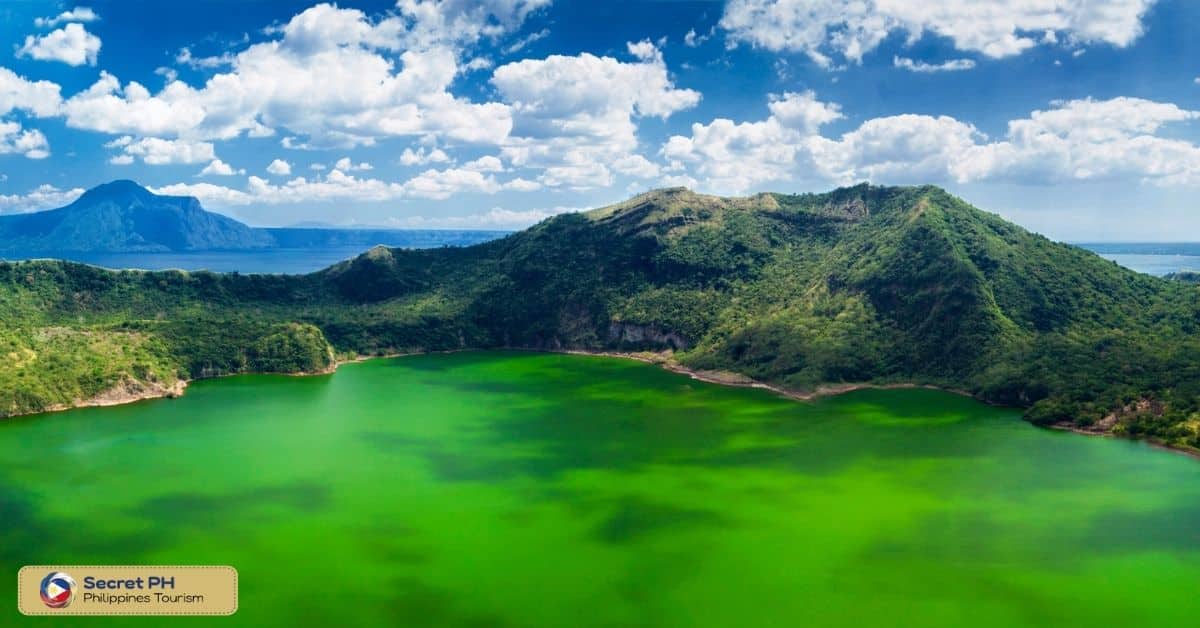
In addition to their cultural significance, Taal Volcano and Lake Taal are also important pilgrimage sites for many local communities. The volcano and its surrounding areas are consider places of spiritual power. Many people visit the area to perform rituals and make offerings to the gods.
Taal Volcano and Lake Taal are also significant cultural landmarks and tourist destinations in the Philippines. The unique geology and beauty of the area attract millions of visitors each year. It has gained acceptance as a UNESCO World Heritage Site and a protected area by the Philippine government.
The cultural significance and folklore surrounding Taal Volcano and Lake Taal reflect the deep spiritual and historical connections. That the indigenous communities have with the area and serve as a testament to the importance of preserving and protecting this natural wonder for future generations.
Threats and Conservation Efforts for Taal Volcano and Lake Taal
Taal Volcano and Lake Taal face numerous threats, including habitat destruction, pollution, and the introduction of non-native species. The growth of nearby urban areas and increased human activity. In the region have led to increased pressure on the ecosystem many of the surrounding habitats have been degraded or destroyed.
In addition, the lake and its surrounding areas are facing increasing water pollution. From industrial and agricultural activities as well as from waste and sewage disposal. The introduction of non-native species, such as tilapia and water hyacinth. Which poses a threat to the unique biodiversity and ecosystem of Taal Lake.
To address these threats and conserve the unique natural resources of Taal Volcano and Lake Taal, several conservation efforts are underway. The Philippine government has established the Taal Volcano Protected Landscape and Seascape. A protected area that covers the lake and its surrounding habitats. This protected area is manage to conserve the biodiversity and ecosystem of the region, as well as to support sustainable tourism and recreation activities.
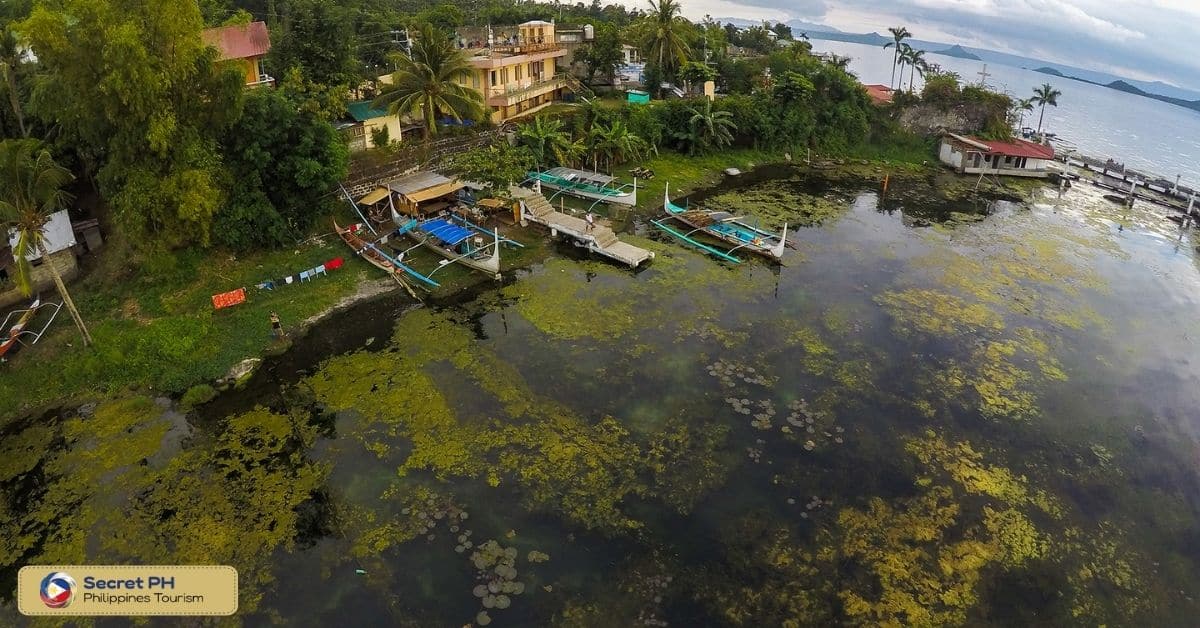
In addition, the government and local communities are working to reduce water pollution in the lake and its surrounding areas. Through the implementation of best management practices, the development of sustainable agriculture and aquaculture activities, and the protection of key habitats.
Conservation organizations and scientists are also working to protect and restore the biodiversity and ecosystem of Taal Lake. Through the implementation of habitat restoration projects, the monitoring of threatened species. The implementation of best management practices to mitigate the impacts of human activities on the environment.
The conservation and protection of Taal Volcano and Lake Taal are critical for the preservation. This unique and valuable natural wonder and the long-term health and well-being of the surrounding communities.
In conclusion
Taal Volcano and Lake Taal are unique and invaluable natural wonders in the Philippines. The area is home to a rich biodiversity and ecosystem, as well as significant cultural significance and folklore. Unfortunately, the area is facing numerous threats that could endanger its future.
To protect this fragile ecosystem, conservation efforts must continue to be implemented and sustained, including the protection of key habitats, preservation of biodiversity and ecosystems, and monitoring and regulating human activities.
The future of this natural wonder is in our hands – let’s come together to ensure its survival for generations to come.





